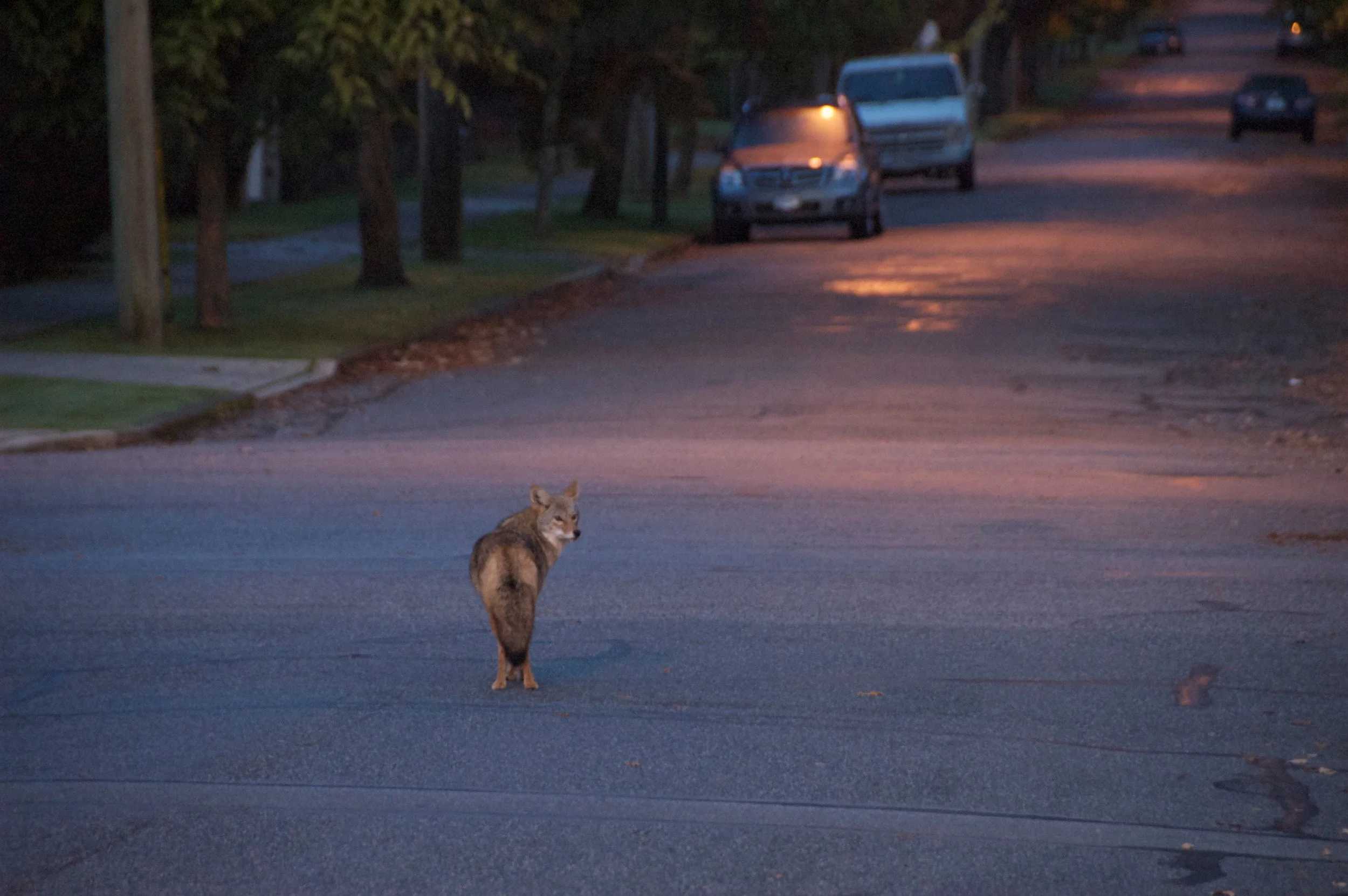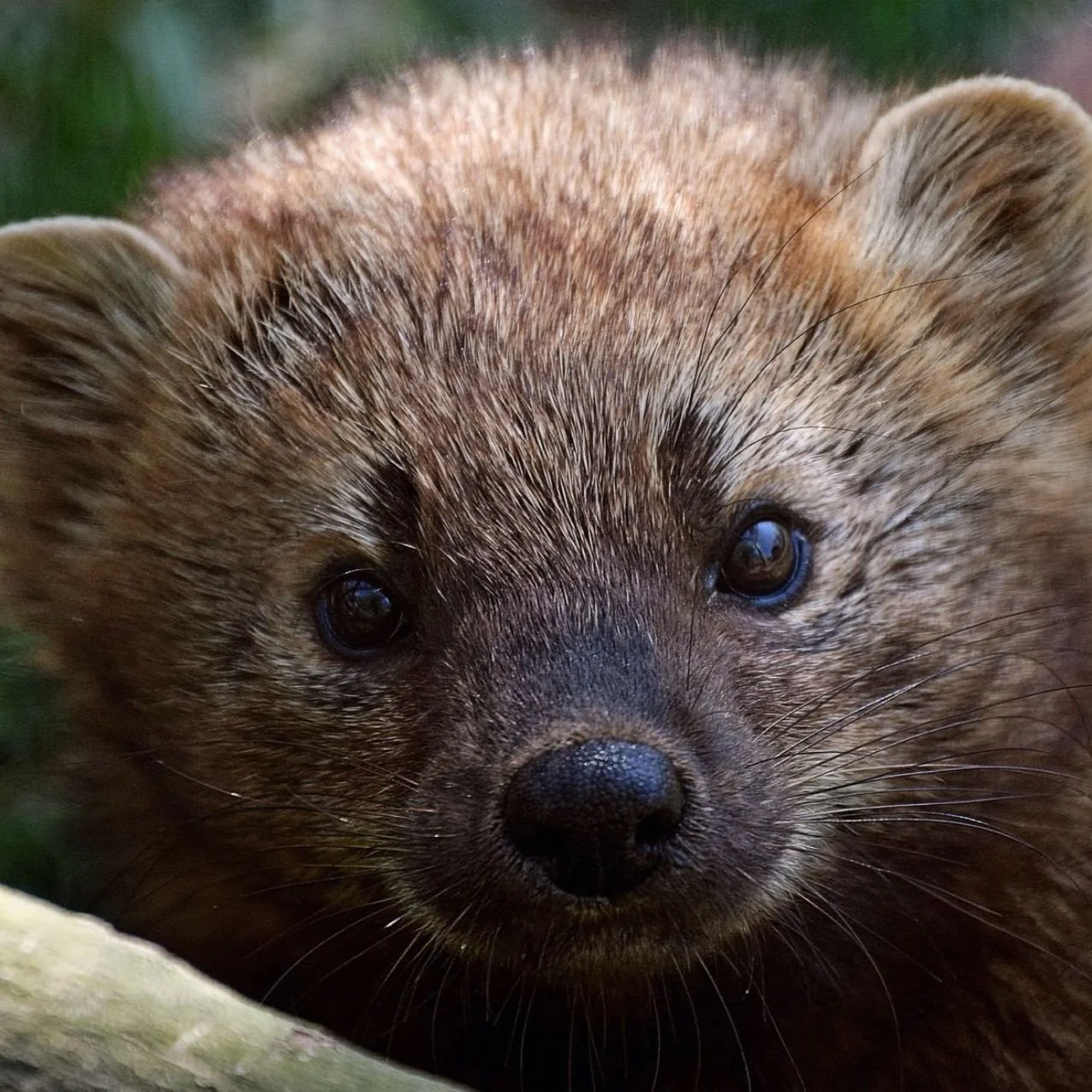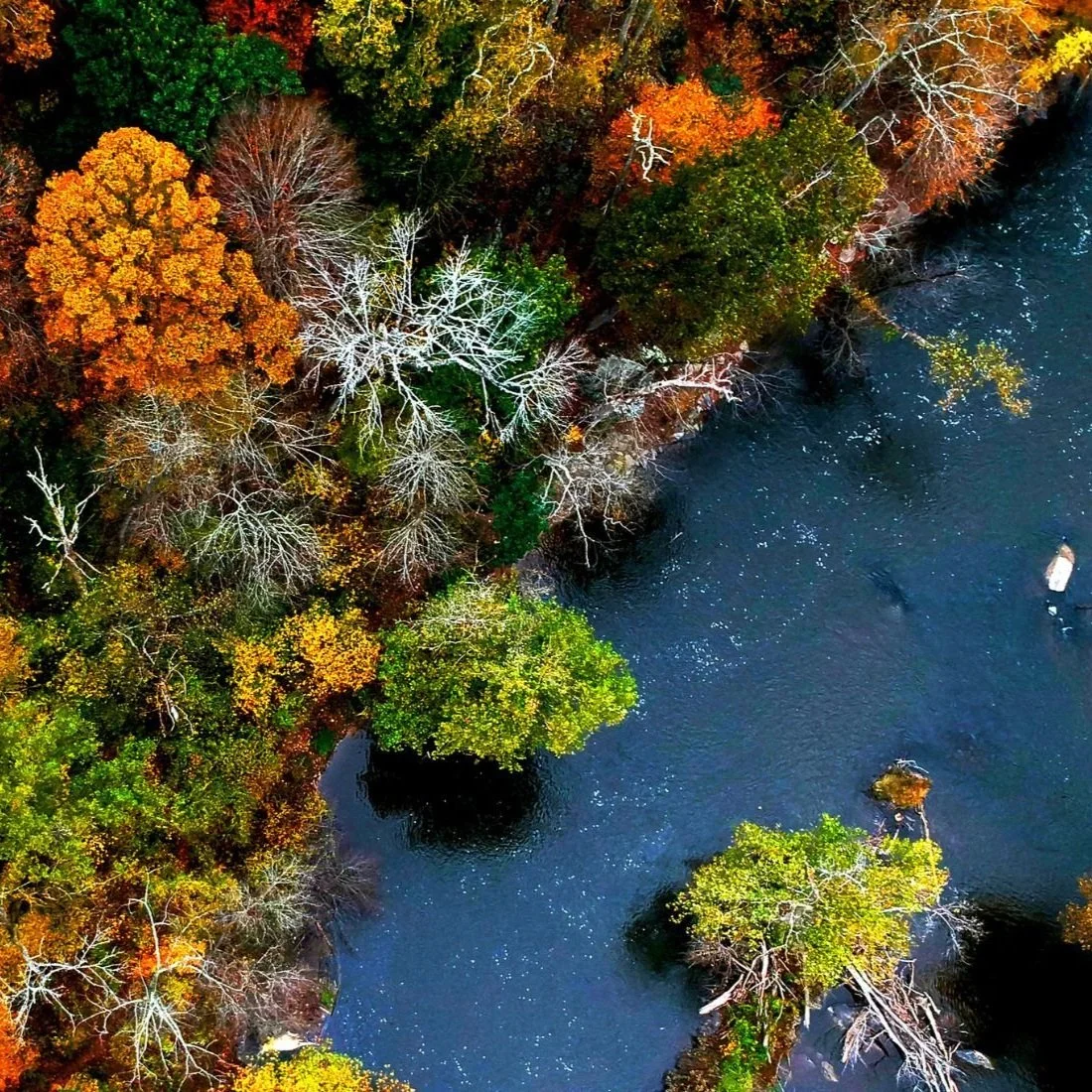There’s a new animal in town. Here are tips on what to do if you spot one.
/Eastern coyotes have found a home in Washington and they're here to stay
Venture into Rock Creek Park on a quiet morning and you might just spot one.
They’re smaller than a golden retriever, but bigger than a fox, gray and tan in color, and could be mistaken for a stray. But don’t be fooled; that’s a coyote you’re staring down in the heart of Washington, DC.
Believe it or not, coyotes have adapted well to urban living, and can be found in many major metropolitan areas across the country, even New York City. One of the first sightings in the District was back in 2004, but in recent years their population has grown, and it seems more coyotes are living here full time instead of just passing through.
So how did they get here? Our favorite river probably played a role.
The Potomac River and the parkland that surrounds it in and around DC have likely helped coyotes and other wild animals find their way into the city.
“There are corridors that lead into the city, such as the C&O Canal, which really connects us all the way to Ohio and provides a travel way for a lot of species that will come into the city,” biologist John Hadidian told WAMU in a recent article about DC’s abundance of wildlife.
Washington actually has the highest percentage of parkland of any densely populated city in the country, so it’s no wonder coyotes have found a home here.
Native to the Western United States, coyotes moved East as humans changed the ecosystem, eliminating predators and attracting prey in the form of rats and other rodents. As they migrated, coyotes mated with wolves and dogs, and as a result, these “eastern coyotes,” as researchers have taken to calling them, look slightly different than their western counterparts.
If you see a coyote, don’t panic. Here are some tips:
Do not run! Coyotes may mistake you as prey if you do. Simply, pick up small pets, keep large dogs on a short leash, and hold onto any small children as you calmly leave the area.
If you feel up to it, and the coyote doesn’t appear to be sick, injured, or with pups, try hazing the coyote to teach it to steer clear of humans. Here’s a how-to guide from the Human Society.
Do not intentionally feed coyotes. It can embolden them and teach them that interacting with people is a good thing.
Have you ever seen a coyote? Chime in on Facebook and let us know where you spotted it!
Keep tabs on all things Potomac!
Get local clean water news delivered to your inbox.















Curious to know why some animals prefer living in the liminal spaces of the day, and which critters to keep an eye out for on your next dawn stroll or twilight hike? Let’s illuminate this fascinating – and, if you ask us, underappreciated – side of wildlife behavior!